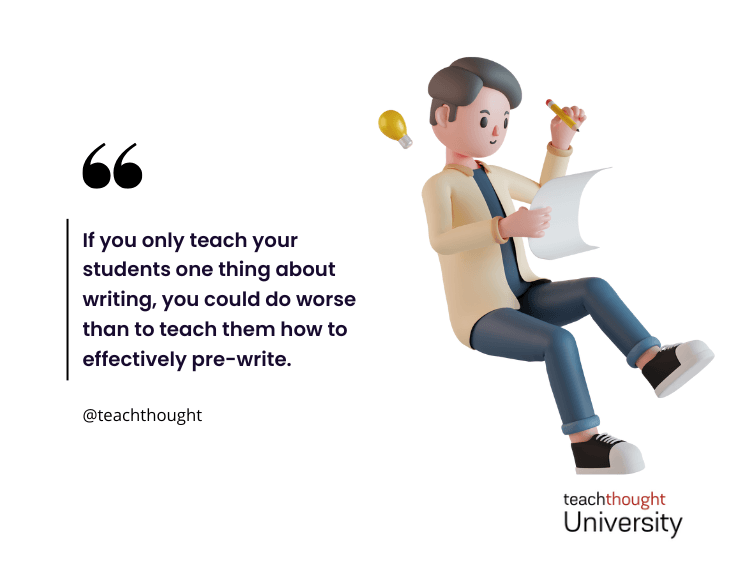The Precious First Few Minutes Of Class
The traditional scene is familiar: Students drift into class while we announce “Your warm-up is on the board,” followed by the usual shuffle for supplies and various requests. But in today’s educational landscape, we can do better with these precious opening minutes.
Why Opening Minutes Matter
- Peak cognitive readiness
- Prime time for memory formation
- Critical window for establishing engagement
- Opportunity to build classroom culture
- Sets the tone for deep learning
Modern Strategies for Class Openers
1. Facts and Fibs
Create facts and fibs about the upcoming topic on strips of paper. In groups, students discuss each of these and separate into piles. For example, if students will be learning about the desert, one strip might say, “Deserts are always hot.” Another: “Desert animals often have long periods of dormancy to survive.” As students learn about deserts, they rethink their facts and fibs, repositioning the strips. Were the group’s answers correct?
In math, fact and fib strips might say, “.61 is greater than 0.064” or “There is not a number between 5.4 and 5.5.” Facts and fibs facilitate talking about math.
2. Survey
It’s hard to beat surveys to answer the question, “What’s this got to do with me?” About to embark on a government unit? A short survey in which students respond to questions about driver’s licenses, voting, marriage requirements, etc. can get every student involved.
Tackling a piece of text about a character in a tough predicament? Survey questions inquire about ways in which students might handle these situations. Students are more likely to be motivated to read when there is a personal connection to the text. They are now wondering, “Hmmm, I wonder how the character will get out of this mess?” (Before the survey, students were likely thinking about lunch.)
3. Question Cards
Pass out index cards to groups with “What? Who? When? How? and Where?” written on the cards. Students ‘play’ their cards by creating questions about the topic.
For example, if the upcoming lesson is on snails, a student might inquire, “Why are snails so slimy?”
More Strategies For The Beginning Of Class
- Digital Check-ins (2-3 minutes)
- Use tools like Mentimeter or Padlet for quick emotional temperature checks
- Digital exit tickets from last class become entry points today
- QR codes that lead to thought-provoking prompts
- Micro-Discussions (3-4 minutes)
- Think-Pair-Share with purposeful prompting
- “Silent conversation” boards (physical or digital)
- Random topic generators tied to learning objectives
- Learning Preview Activities
- Interactive concept maps
- Prediction challenges
- Real-world problem scenarios
- Connection Builders
- Personal relevance questions
- Current events links
- Cross-disciplinary connections
Success Starter Checklist
- Does it activate prior knowledge?
- Is it accessible to all learners?
- Does it connect to today’s learning goals?
- Can it be completed in 3-5 minutes?
- Does it promote student agency?
- Is there a digital/analog flexibility?
Implementation Tips
- Have systems ready before students enter
- Use timers visually displayed
- Build consistent routines while varying content
- Include options for both individual and collaborative engagement
- Incorporate student choice when possible
Designing early lesson activities that serve multiple purposes: engagement, assessment, community building, and content preview – all while maintaining efficient classroom management. When done right, these first few minutes create momentum that carries through the entire lesson.
TeachThought Staff 2024-12-28 02:00:00
Source link

